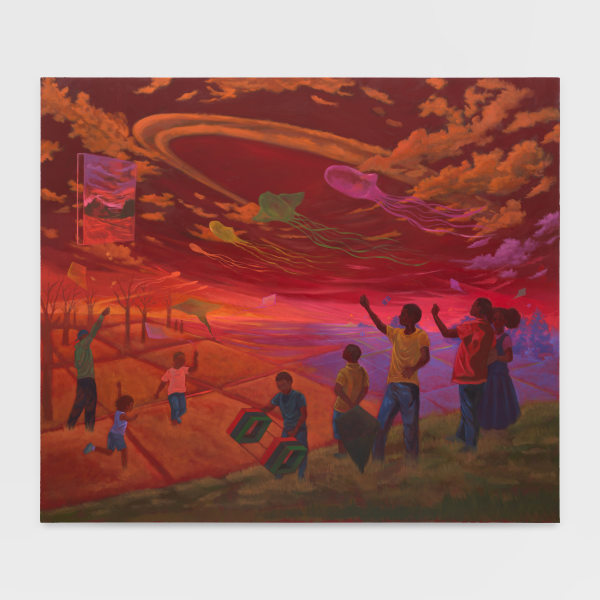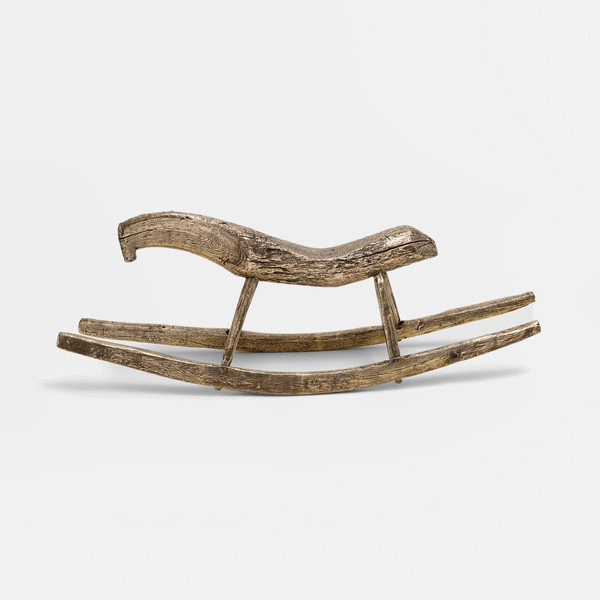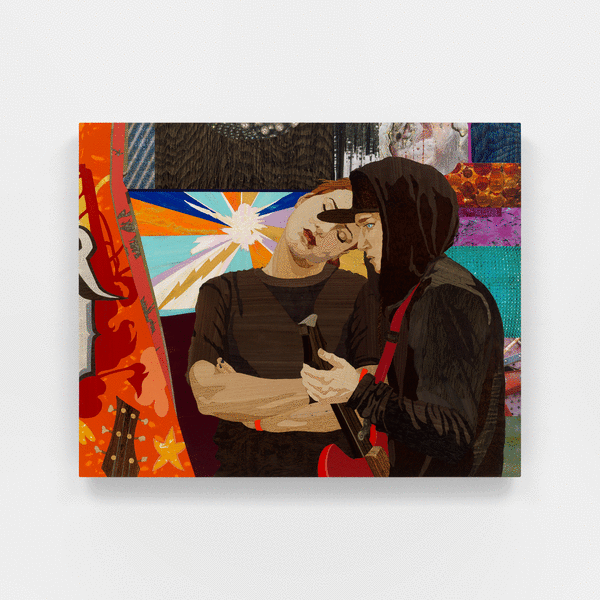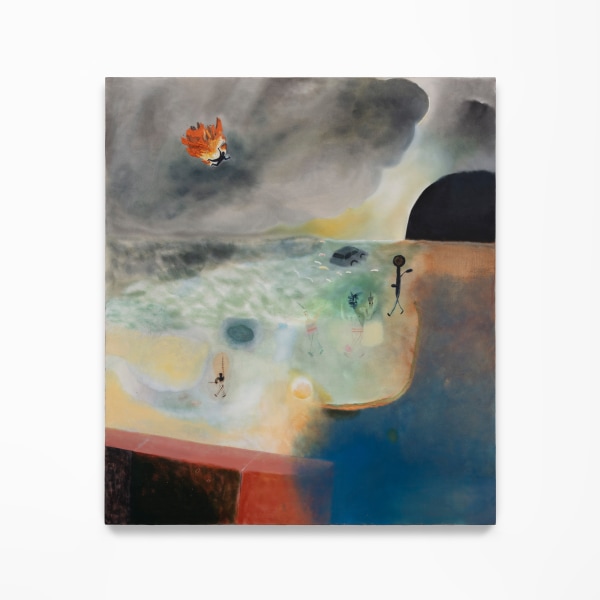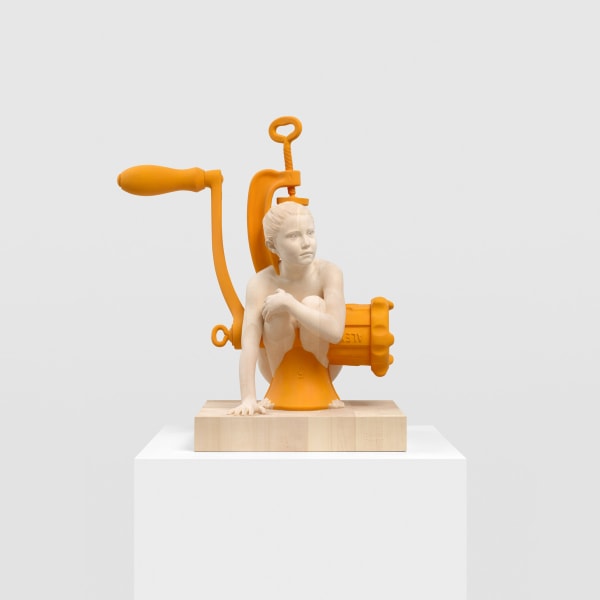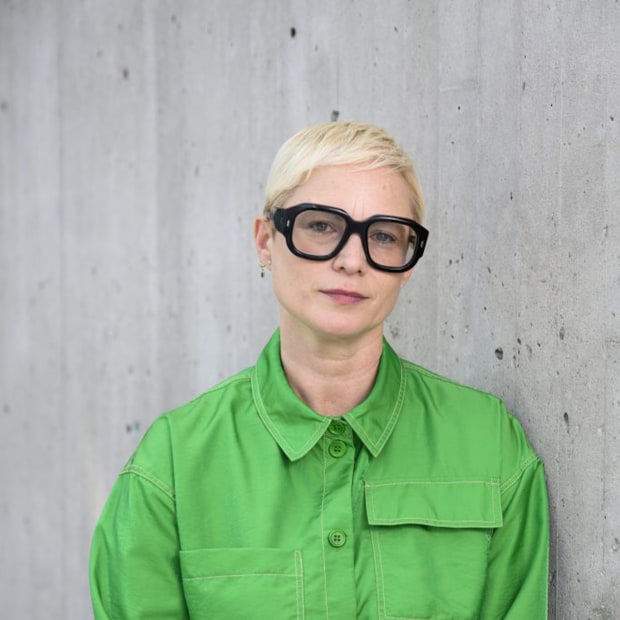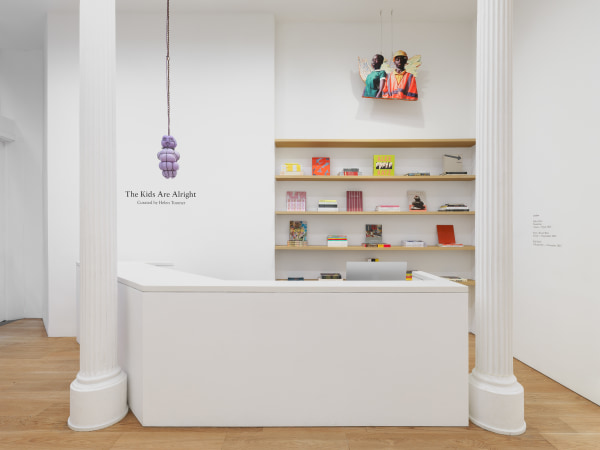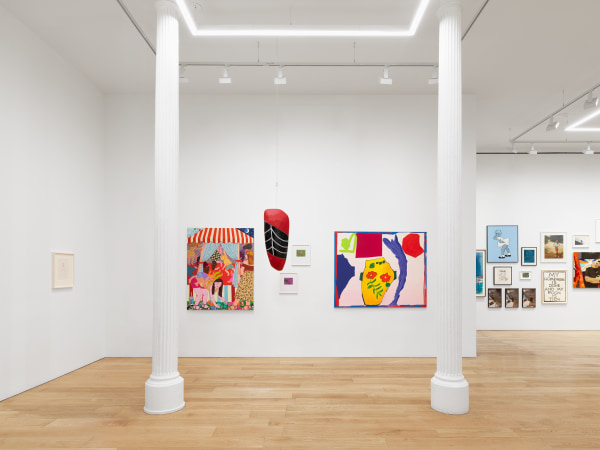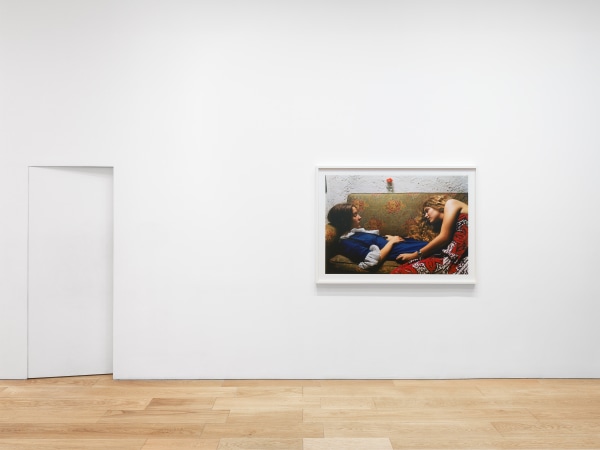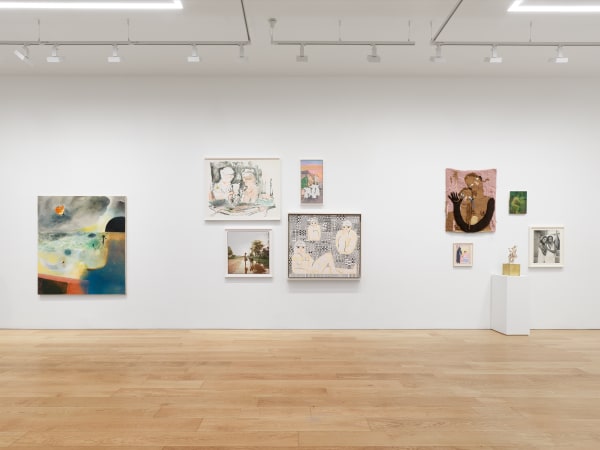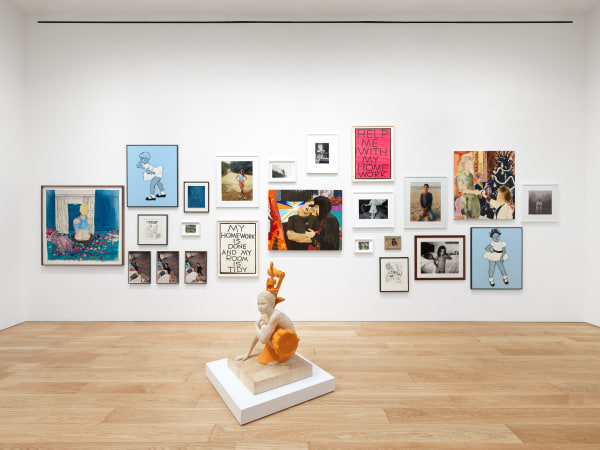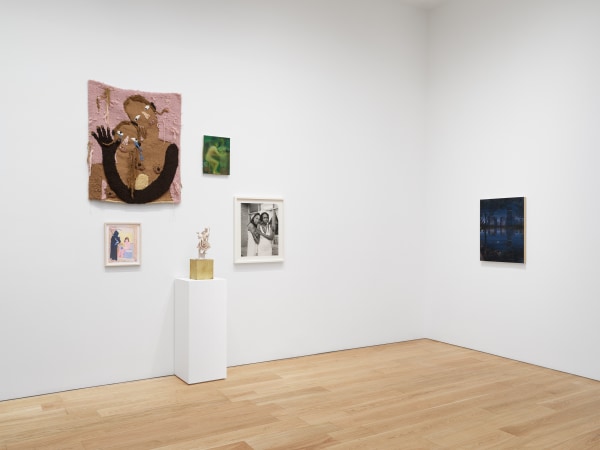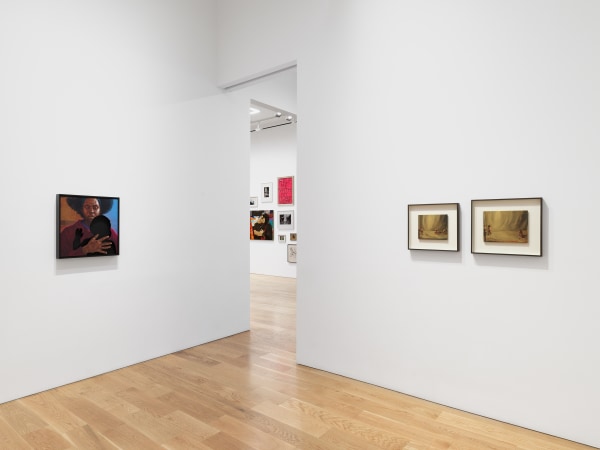The Kids Are Alright
-
Overview
Timothy Taylor is pleased to announce The Kids Are Alright, a group exhibition curated by Helen Toomer. Opening in New York on 27 June, this presentation will feature contemporary and historical works that explore cultural conceptions of childhood.
The exhibition includes work by Ann Agee, Diane Arbus, Michaël Borremans, Louise Bourgeois, Cecily Brown, Zoë Buckman, Dominic Chambers, Joana Choumali, Larry Clark, Mark Cohen, R. Crumb, Gehard Demetz, Kim Dingle, Madeline Donahue, Marcel Dzama, William Eggleston, Lloyd Foster, LaToya Ruby Frazier, Julia García, Elizabeth Glaessner, Jay Lynn Gomez, Titus Kaphar, Jonathan Lasker, Louise Lawler, Charles LeDray, Sherrie Levine, Sally Mann, Marepe, Elizabeth McIntosh, Joel Meyerowitz, Annie Morris, Ragen Moss, Anya Paintsil, Gordon Parks, Erin M. Riley, Kenny Rivero, Antonia Showering, David Shrigley, Ruby Sky Stiler, Katie Stout, Alison Elizabeth Taylor, and Rhys Ziemba.
The Kids Are Alright brings together a multigenerational group of artists whose work engages with the realities and mythologies of childhood. Through painting, sculpture, photography, works on paper, and textiles, the exhibition reflects on how childhood is shaped, remembered, politicised, and imagined, and considers what it means to see the world through the eyes of children today.
In the hand-embroidered painting fall among the voices (2024), Zoë Buckman pictures her child, from behind, sitting on a bed facing a window. Among the comfort of stuffed animals and pillows, the child holds their neck gently, vulnerably, as if lost in a moment of difficult rumination. Another textile work, Anya Paintsil’s tapestry Weepsville, North Wales (2023) intersects traditions of the artist’s Ghanaian and Welsh heritage: hair braiding and rug hooking. In the richly textured work, a woman embraces a crying child. The figures seem to bleed into each other; both held tight by the woman’s embracing arm.
The earliest work in the exhibition, Gordon Parks’s photograph Untitled, Alabama (1956), pictures two young dressed-up girls playing tea party in a puddle on a muddy street. The work belongs to Parks’s seminal series Segregation in the South, which documented the wake of the 1955 bus boycott in Montgomery, Alabama. Here, in the context of a tragically racially divided region, two little girls use play to learn about social mores. LaToya Ruby Frazier’s photograph Andrea Holding Her Daughter Nephratiti Outside the Social Network Banquet Hall, Flint, Michigan (2016–17) is likewise part of a larger documentary series, the lauded Flint is Family, which traces a public health crisis caused by government neglect and corporate greed. Frazier’s image centres on a bride and her mother in tender embrace, lovingly holding each other up.
Several times in her career, Louise Lawler has returned to the lines that make up the title of the work Once There Was a Little Boy and Everything Turned Out Alright. THE END. (1993), recontextualizing the text each time. Here, the work comprises a small blue text appearing on a light pink wall, subtly referencing childish stereotypes of gender. Though the work constructs a simplified agreeable fiction, it is easy to invent complex contexts for this emphatically reduced story. Elsewhere, Sherrie Levine’s cast bronze sculpture Hobby Horse (2014) is a replica of a wooden toy found in New Mexico and removed from its role as plaything. The work functions on another symbolic level—in French, the word for hobbyhorse is Dada, the art movement from which Levine draws her appropriative practise.
Madeline Donahue will create a new painting for the exhibition. In exuberant hues and patterns, her compositions picture mothers and children caught up in various activities, often revealing the chaotic intimacy of caregiving with vivid optimism and humour. A new, totemic sculpture from Annie Morris’s ongoing Stack series features a vertical arrangement of irregularly shaped spheres in vibrant colours. The anthropomorphic structure appears poised to come undone, but it remains in precarious balance. The work abstracts embodied experiences related to childbirth and motherhood into a form that is uplifting in its delicate unwieldiness. Suspended from the ceiling, Ragen Moss’s sculpture Passerby (2023), is a cocoon-like polyethylene form. In visceral red enwrapped by glossy black and white ribbing, the work distils notions of interiority, lifeforce, and evolution.
-
Artwork
-

Helen Toomer, 2023. Photo: Casey Kelbaugh.
-
Installation Shots

